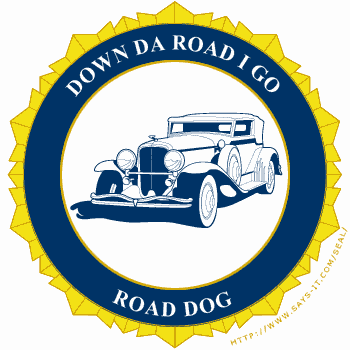From the Nov. 29th USA Today by Haya El Nasser,
I have heard of the terms metropolitan area and even megalopolis, which is when metropolitan areas grow together. I even taught it to my classes.
However, evidently there is a new term in use in urban geography, megapolitan.
The article had a map showing 23 megapolitan areas that form ten even larger megapolitan clusters.
Megapolitan Cluster, megapolitan areas, states where located.
CASCADIA: Puget Sound, Williamette (Wash. & Ore.)
SIERRA PACIFIC: Sierra Pacific (Cal. around San Francisco)
SOUTHWEST: Southern California, Las Vegas, Sun Corridor (Cal. Ari. Nev.)
MOUNTAIN: Wasatch Range, Front Range (Utah & Colorado)
TWIN CITIES: Twin Cities (Minn. & Wis.)
TEXAS TRIANGLE: Central Texas, Dallas/Fort Worth, Houston (Texas)
GREAT LAKES: Chicago, Michigan Corridor, Steel Corridor, Ohio Valley (Wi. Il. Mich, Ind. Ohio, Pa.)
MEGALOPOLIS: New England, New York/Philadelphia, Chesapeake (Me, NH, Mass., NY, Pa., Md., Va.)
PIEDMONT: Carolina, Atlanta (NC, SC, Ga.)
FLORIDA: Central Florida, Florida Atlantic (Fla.)
The article described these areas as "cities and counties linked through man-made and natural connections such as shared transportation networks, labor markets or water supplies."
Those Are Some Big Areas. --RoadDog


2 comments:
While I will grant that SOUTHWEST is linked by water, and while I'll grant that the non-Strip portions of Las Vegas look like a southern California suburb (In-N-Out!), I can't really see Los Angeles, Las Vegas, Phoenix, and Tucson as a cohesive single entity. Perhaps in 200-300 years when the desert gets filled up with tract homes...
They might have considered future growth along the LA-Las Vegas corridor.
The idea, however, is an interesting one.
Post a Comment